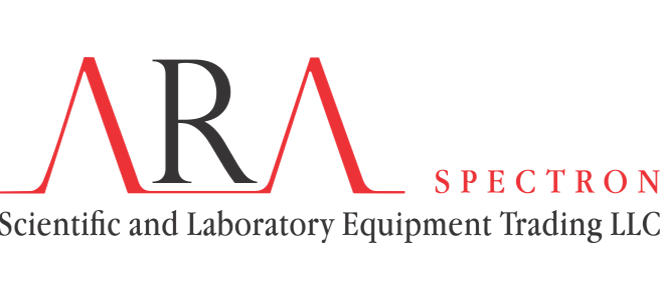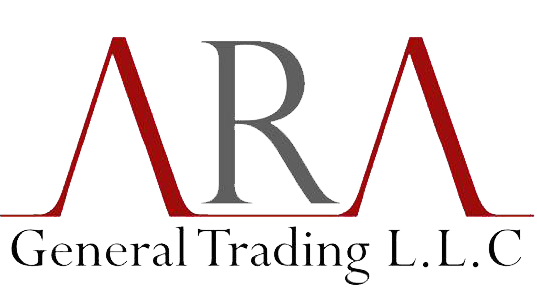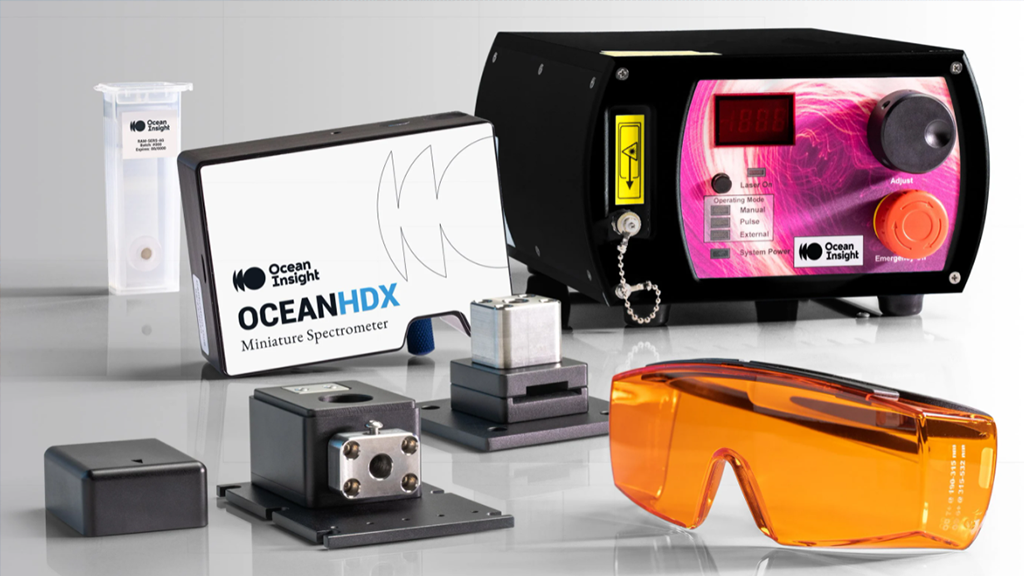Ocean Insight experts discuss key considerations with Raman applications, including the choice of laser excitation wavelength, the importance of maintaining optimal probe focus, and sampling do’s and don’ts.
About Ocean Insight Experts
Originally captured as part of the Applied Spectral Knowledge Podcast series, this conversation on Raman was led by Yvette Mattley, Ocean Insight’s Lab Services Manager, and features Amy Bauer, Principal Applications Scientist, and former colleague Anne-Marie Dowgiallo, an authority on Surface Enhanced Raman Spectroscopy (SERS).
Note: These comments have been edited for length and clarity. To hear the complete discussion, tune in to Ocean Insight Meet the Ocean Insight Raman Experts podcast.
On the Origins of Raman Spectroscopy
Amy Bauer (AB): Raman spectroscopy was named after physicist Sir C.V. Raman, a Nobel Prize winner in 1930 for his invention. Raman was an amazing guy. He was traveling the world in 1921 and absolutely stunned with the blue color of glaciers. So, he started to study light scattering. Despite the simple tools he had at the time, he discovered a type of vibrational spectroscopy that shows molecular bonding. The way Raman is done now is through continuous-wave lasers. The laser hits the surface and most of the light, as we know kind of intuitively, is scattered elastically – i.e., goes out the same color it goes in. However, a very small amount of the light is scattered in the last degree and comes out at slightly different wavelengths or colors. And that depends on the vibrational structure of the chemicals that the laser hits. Each peak in a Raman spectrum corresponds to a given molecular vibration so that we’re looking at individual bonds.
On Raman as a “Fingerprinting” Technique
AB: Raman spectroscopy is used in many cases to provide an identification of an unknown compound. Any pure material has a unique Raman spectrum, and can be used to provide this gorgeous identification in cases where there’s not fluorescence in the way and there is adequate signal level. But it is very specific spectroscopy.
Yvette Mattley (YM): I’ve found Raman to be amazing. My favorite example is to look at the spectrum for ortho-para-xylene and meta-xylene, which have the same chemical formula, identical with respect to chemical formula. But you’re just moving one atom around this ring and as a result, the Raman spectra are so different from one another. So, I absolutely love Raman for fingerprinting.
AB: Another good example is the use of Raman spectroscopy to identify plastics for recycling. And the reasoning there is very similar. Polymer chains — they’re all carbon-hydrogen, carbon-carbon bonds, for the most part. And the place where the unsaturation occurs, it drives the Raman spectrum to the point where you can tell the difference between, for example, two types of nylon.


